Multi-body Simulation
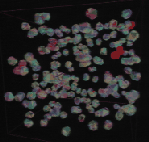
Real-Time Collision Detection Mpegs
Based on Hierarchical Incremental Computation
Collision detection is a fundamental problem in computer animation, computer graphics, physically-based modeling, and robotics. For applications and simulations in these domains to be convincing, they need to not only render realistic images, but also precisely model object interactions in the simulated environments.
We present several animations employing our collision detection work. The original sequences were generated at NTSC resolution and ran somewhere between 10 and 30 frames per second (i.e. "real time"). The performance you see when playing them back is clearly unrelated to their run-time performance.
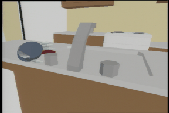 This shows a hand interacting with hundreds of objects in a kitchen
architectural environment. Note we detect the exact contact points
(the hand's fingers turning red indicates contact).
This shows a hand interacting with hundreds of objects in a kitchen
architectural environment. Note we detect the exact contact points
(the hand's fingers turning red indicates contact).
This shows a real-time multi-body simulation of 300 objects of about 60 faces each colliding in a dense environment. The objects turn red when struck and bounce off each other. You can run the actual simulation using our free software.
Tori Simulation
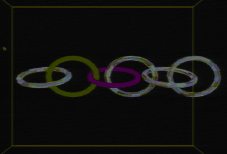
Composite Simulation
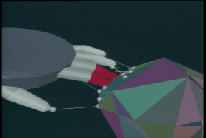
Non-convex Simulation
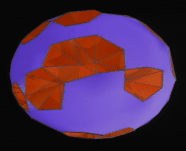
Threaded Screw Simulation
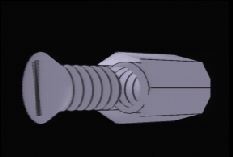
This research is supported by Alfred P. Sloan Research Foundation, DARPA ISTO Order No. A410, NSF Grant No. MIP-9306208, University Research Award, NSF Grant CCR-9319957, ARPA Contract DABT63-93-C-0048 and NSF/ARPA Science and Technology Center for Computer Graphics and Scientific Visualization, NSF Prime Contract No. 8920219 and Office of Naval Research contract, ONR N00014-94-1-0738.